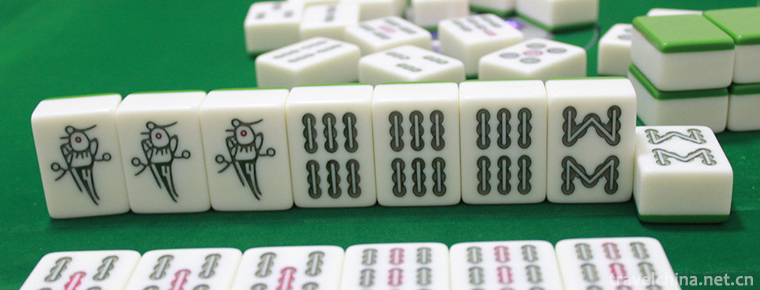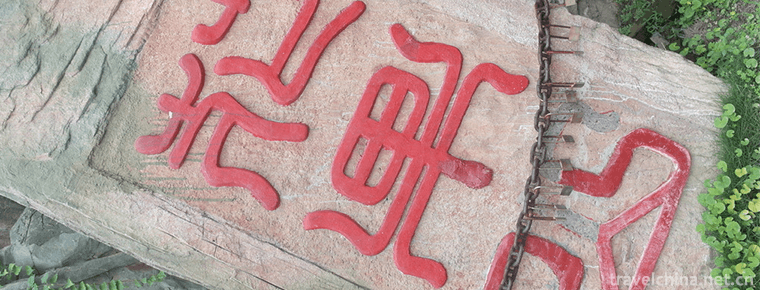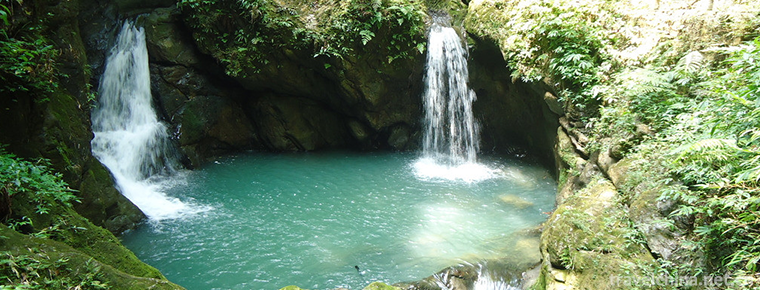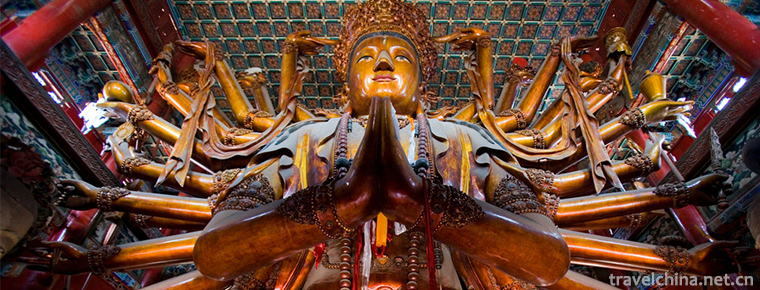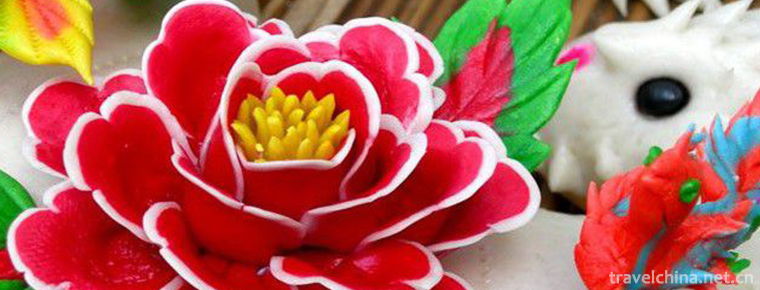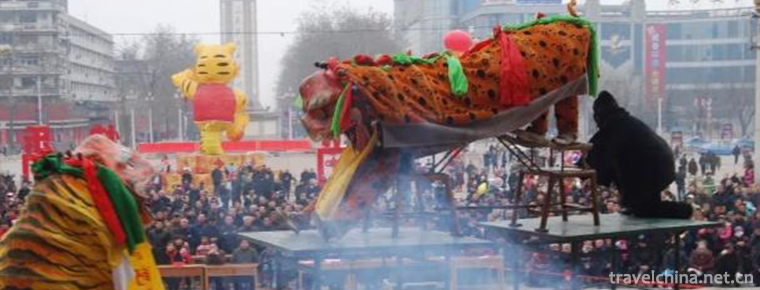The Qiaos Famaily Compound
The Qiao's Famaily Compound: National AAAAA-level tourist attractions, national key cultural relics protection units, national second-level museums, national advanced cultural relics units, national Youth Civilization No. 1, Shanxi Patriotic Education Base.
Qiaojia Courtyard, also known as Zhongtang, is located in Qiaojiabao Village, Qixian County, Shanxi Province. It was built in 1756. The whole courtyard is in double "happy" shape. It is divided into six courtyards, 20 courtyards, 313 houses, with a building area of 4175 square meters, three streets, surrounded by closed green brick walls of more than 10 meters, and the gate is a city-gate cave. It is an ancient house with the architectural style of northern traditional dwellings.
There are more than 5,000 precious cultural relics on display in Qiao's courtyard, which mainly reflects the folk customs of Shanxi Jinzhong area, including farming customs, life etiquette, age and season, clothing, food, housing, business customs and folk crafts, as well as the display of Qiao's historical materials, Qiao's treasures, film and television themes.
Qiaojia Grand Courtyard is a magnificent and magnificent architectural group with exquisite design and fine craftsmanship. It embodies the unique style of Chinese folk houses in the Qing Dynasty. It has considerable ornamental, scientific and historical value. It is an unparalleled art treasure house, known as "a pearl of northern folk houses" and known as "Royal Habitat". The Palace Museum, the people's houses to see Qiao's family, "said, known in the three Jin Dynasty, renowned at home and abroad. At the 2008 China Yellow River Tourism Conference, Qiao Jiayuan was named "50 Sceneries of the Yellow River in China".
During the reign of Qianlong in the Qing Dynasty, after Qiao Quanmei and his two brothers separated, he bought several houses in the northeastern corner of the crossroads and built buildings. The main building is a brick-and-tile building with hard hilltop and brick-wood structure. It has windows and no doors. It builds stairs indoors and goes upstairs. Characterized by thick walls, small windows, solid and solid, for the inside five outside three courtyards. To the east of the main building is the original house, which has also been renovated as a partial court. The second entrance gate in the partial courtyard was also transformed into a school, which was the earliest courtyard in Qiao's courtyard, that is, the old courtyard. Legend has it that there used to be a five-way temple outside the courtyard. There are two locust trees in front of the temple. They are strange and long. They are called "divine trees". Between the main courtyard and the side courtyard, there is a large brick-carved land temple, carved with stone hills and deer bearing Ganoderma lucidum. There are four brick lions and one handful of Ruyi in the land temple, which metaphorically refers to "Four Times Ruyi". There are also Chinese parasol trees and pine trees on the ancestral temple wall. Six pairs of deer are combined together, which means "six unions are smooth".
After Qiao Zhiyong became the leader of the family, he continued to develop civil engineering for Guangdating Court. He bought a large homestead on the west side of the old courtyard next to the alley, and built a building, which is also inside five and outside three, forming a confrontation between the two floors. The main building is a structure of hanging hilltops and exposed pillars.
After the completion of the Ming Building, Qiao Zhiyong built two quadrangular courtyards across the street from the two floors, which made the four courtyards exactly at the four corners of the intersection of streets and alleys, and laid a pattern of later integration.
In the middle and late Guangxu period, the local public order was unstable. In order to protect their own security, Qiao's scenery and Jingli spent a lot of trouble and money to buy the occupancy rights of the streets and alleys at that time. After the Qiao family acquired the occupancy right, the roadway was blocked, and the roadway was built into the side courtyard of Northwest courtyard and southwest courtyard; the street was blocked in the East and the gate was built; the ancestral hall was built in the west; and two extra courtyards were built outside the courtyard on the north and two new Wuhuan gates were built. There are fences across the courtyard, and the arch gate top is used to cross the bridge, connecting the courtyard with the courtyard, forming a castle-like building complex.
In the early years of the Republic of China, the population of Qiao family increased and the housing was insufficient, so they purchased land and extended westward. Ten years after the Republic of China, Qiao Yingxia and Qiao Yingkui built a new courtyard next to the southwest courtyard, similar to the Southeast courtyard. The windows are all engraved with large lattice glass and decorated with Western style. The lighting effect is very good and the style has been improved. Even the sculpture of the door cover in the courtyard is very meticulous. At the same time, the northwest courtyard was designed and rebuilt by Qiao Yingxia. The open corridor of the courtyard connected with the courtyard was blocked and the kitchen room was rebuilt into a living room. We also built a bathroom beside the living room and repaired the toilet. By the Northwest courtyard, there used to be a small courtyard for Qiao's family. Therefore, this courtyard is called the Academy of Study. After the separation, Qiao Jian plans to build an inner garden and buy back a complete set of rockeries from a large family in Taigu County. When the "July 7th Incident" broke out, the Japanese invaded China and the project stopped. During the period of Japanese occupation, the whole family fled, leaving one empty courtyard and only some family members to take care of it.
In 1985, the people's government of Qixian County established the Qixian Folklore Museum with this ancient house.
It was officially opened to the outside world on November 1, 1986. More than 5000 precious cultural relics are exhibited, reflecting the folk customs mainly in the Jinzhong area of Shanxi Province. The contents of the exhibition include: farming customs, life etiquette, age and season, clothing, food, housing, business customs, folk crafts, and special exhibitions of Qiao family historical materials, Qiao family treasures, film and television topics.
Dec. 8, 2011 began to declare 5A scenic spots. We have completed the construction of Qiao's courtyard gate scenic spot, the adjustment and display of exhibition rooms of folk museum, the security project of "Three Halls and One Garden", and built the digital information system of Qiao's courtyard, the online tour guide system, the intelligent traffic management system of tourist passages, etc.
On November 28, 2014, Qiaojiayuan was selected as the national AAAAA tourist attraction.
In 1990, it was awarded the title of National Advanced Cultural Relics Unit and Provincial Cultural Relics System Civilization Unit.
In 1993, Qixian Folklore Museum was named Civilization Unit by Qixian County Committee Government.
In 1995, it was rated as one of the ten best tourist attractions in Shanxi Province, and was named as a patriotic education base by the provincial government.
In 1995, it was designated as the patriotic education base of Shanxi Province by provincial Party Committee and provincial government.
In 1996, it was named as the prefecture-level civilized unit by the prefecture Commission and the Provincial Tourism Bureau as the top ten tourist attractions in Shanxi Province.
In 1998, it was appraised as the top ten excellent tourist attractions in Shanxi Province by the Provincial Tourism Association.
In 1999, he was awarded the National Youth Civilization Number.
In 2001, the State Council named it the National Key Cultural Relics Protection Unit.
In 2001, the National Tourism Administration and the Central Committee of the Communist Youth League awarded the title of "Youth Civilization".
In 2002, it was rated as AAAA class tourist attraction by the National Tourism Administration.
In 2009, it was appraised as "National Second-Class Museum" by the State Administration of Cultural Relics.
In 2010, it was awarded "Top Ten Cultural Brands of Shanxi Province" by Shanxi Culture Department.
In 2012, it was appraised as "2010-2011 Civilization and Harmony Scenic Spot" by Shanxi Provincial Spiritual Civilization Construction Steering Committee.
On December 27, 2014, Qiaojiayuan Cultural Park in Qixian County was selected as the fifth 5A scenic spot in Shanxi Province.
The Qiaojia compound was built in the twentieth year of Qianlong in the Qing Dynasty (1756 A.D.) and lasted nearly two centuries from its inception to its completion. Although the time span is very long, the subsequent expansion and expansion can be carried out according to the original concept, so that the whole courtyard style is consistent and integrated.
Qiao's courtyard is a magnificent building group. Looking at the whole courtyard, the layout is rigorous, the design is exquisite, the architecture is exquisite, the bricks and tiles are rubbed in, the work is elaborate, the arch eaves, the decorative gold dress, the brick and stone woodcarving, the craft is exquisite, the courtyard layout is overlooked from the high altitude, very similar to a symbol of auspicious double "joy". The courtyard is like a castle, facing three streets, surrounded by closed brick walls, more than three feet high, with a cover-up parapet and a visiting entrance. The exquisite design and fine craftsmanship embody the unique style of Chinese folk houses in the Qing Dynasty. They are of considerable ornamental, scientific and historical value. They fully demonstrate the superb level of architectural craftsmanship of the working people in ancient China. They are an unparalleled treasure house of art and are called by experts and scholars as "one of the northern folk houses". Pearl. Therefore, it is known as "Royal Palace Museum, people's houses look at Qiao's family," and it is well-known in the three Jin Dynasties and is well-known both at home and abroad.

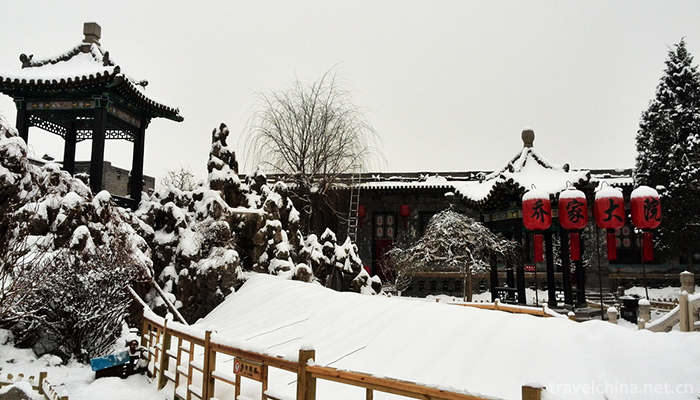


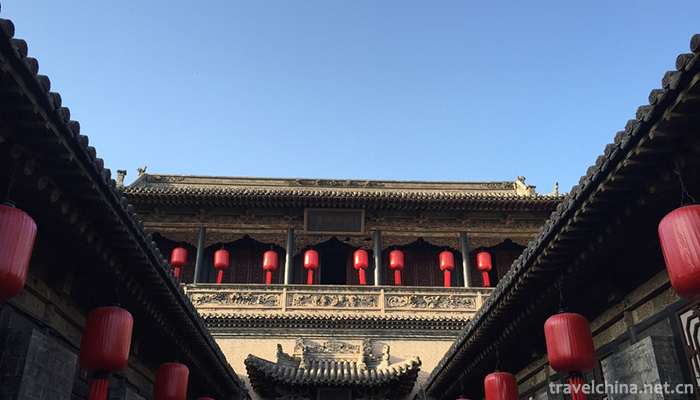
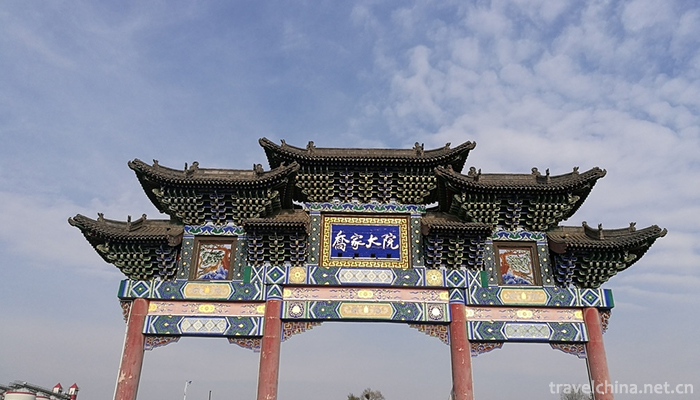
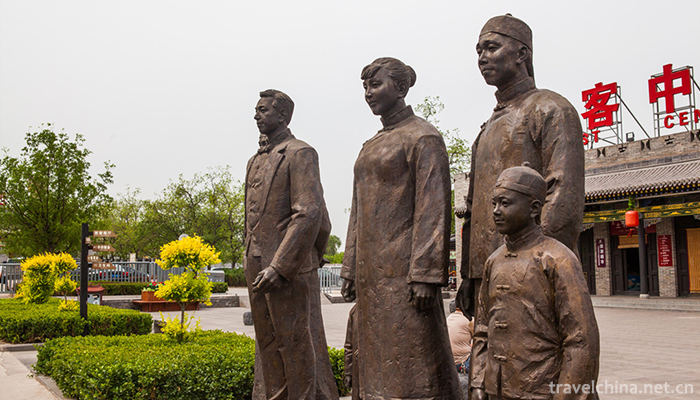
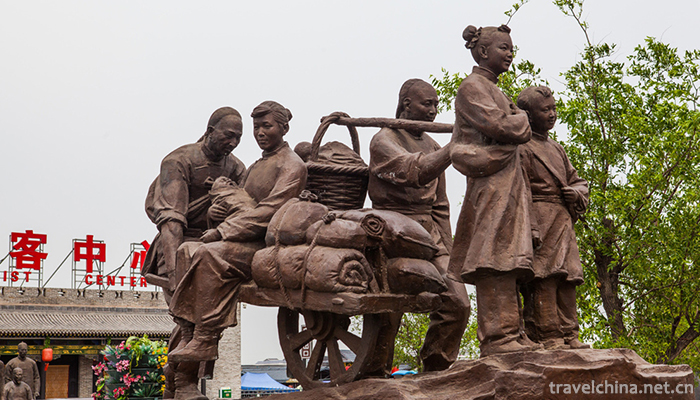
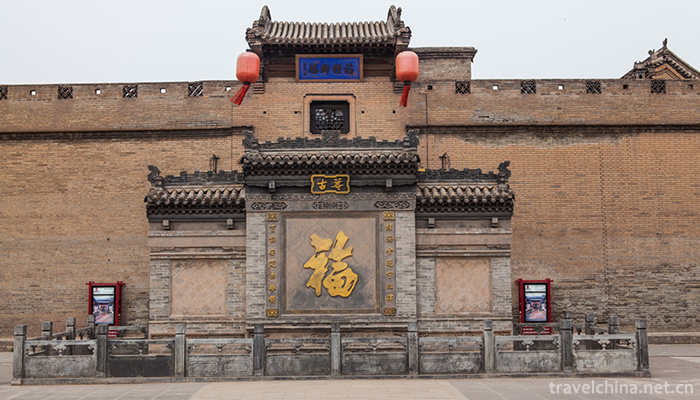
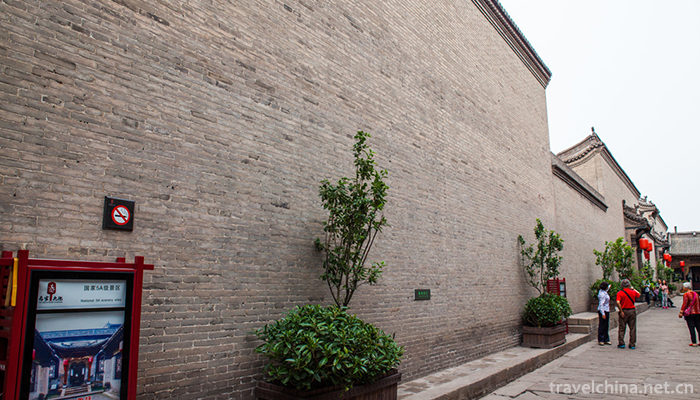
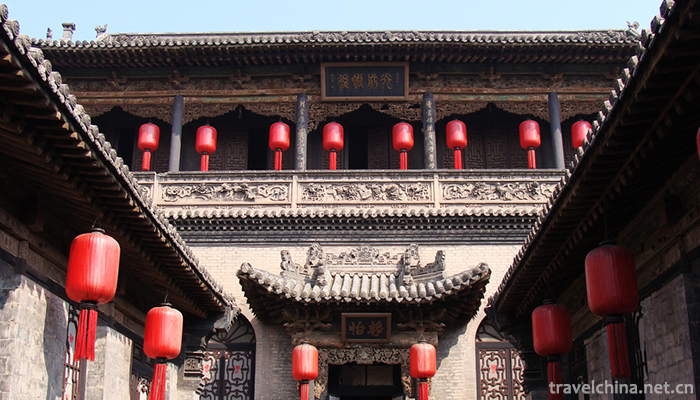
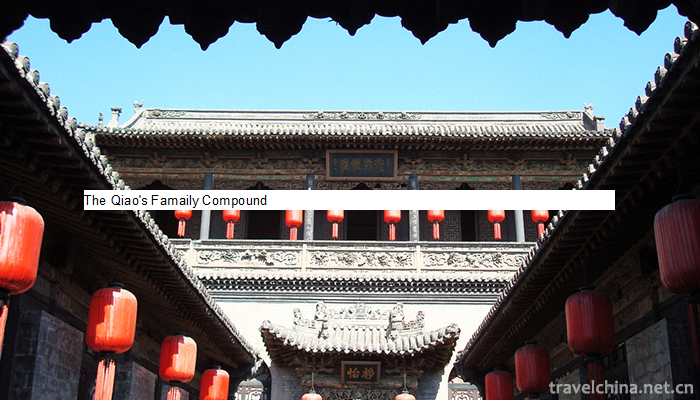
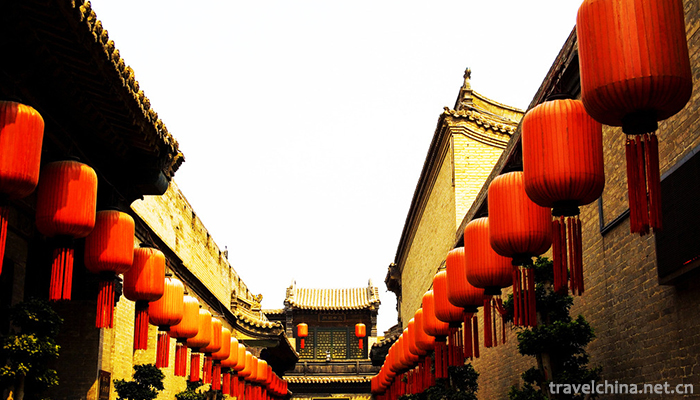
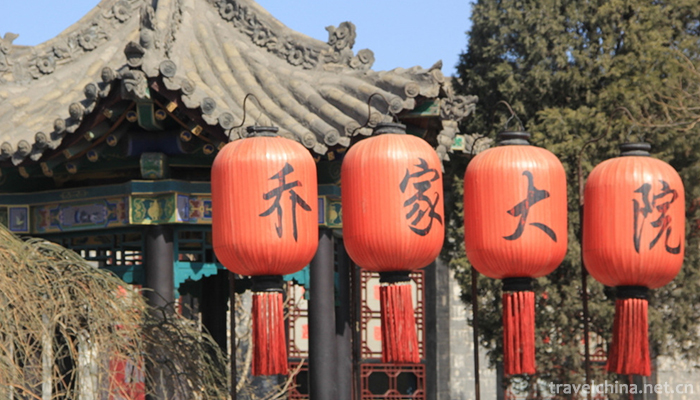
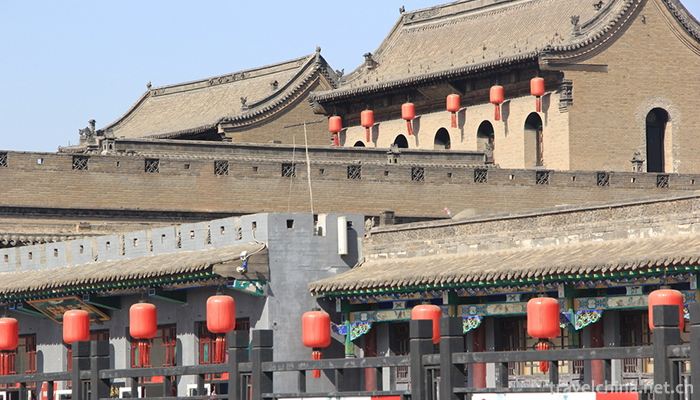
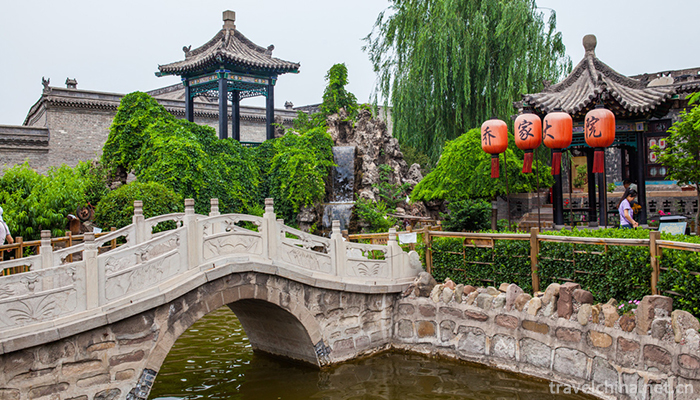

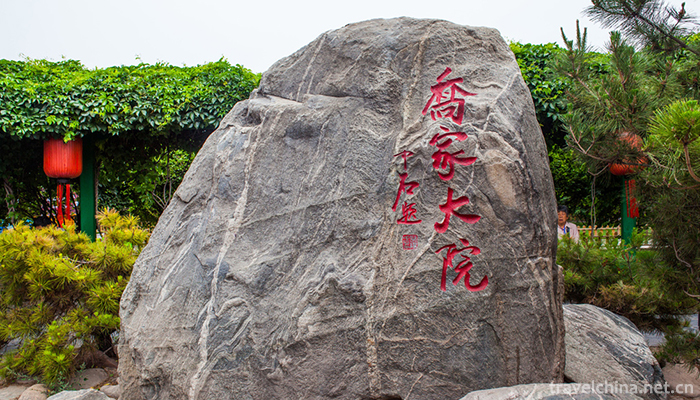
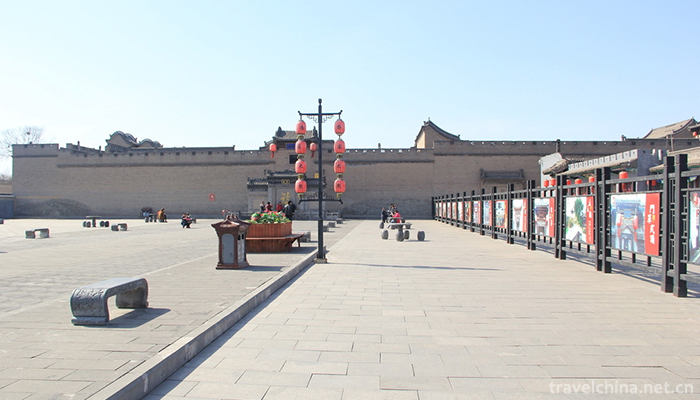
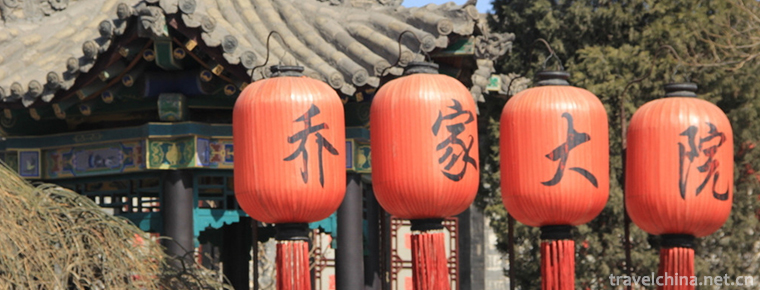
The Qiaos Famaily Compound
-
Mahjong
Mahjong, originated in China, is commonly known as Sparrow in Guangdong, Hong Kong and Macao. It is a game invented by the ancients of China,
Views: 190 Time 2018-11-13 -
MountHuaguoshan
Mount Huaguoshan (Lianyungang Huaguoshan Scenic Area) is located at the middle foot of Nanyuntai Mountain in Lianyungang City.
Views: 302 Time 2018-12-06 -
Black Valley Scenic Area
Black Valley, National AAAAA Tourist Scenic Spot, National Forest Park, National Geopark, China's Best Leisure Mountain, China's Best Green Low Carbon Tourist Leisure Spot
Views: 179 Time 2018-12-12 -
Shennong Mountain Scenic Area
Shennong Mountain Scenic Area is a national AAAAA-level tourist area, located in Zhaozhai Village, Ziling Town, Qinyang City, Jiaozuo City, Henan Province, 25 kilometers northwest of the Taihang Mount
Views: 239 Time 2018-12-17 -
Puning Temple
Puning Temple is located in Chengde City, Hebei Province. It was built in the Qianlong period of the Qing Dynasty. The first half of the temple is Han-style,
Views: 186 Time 2019-02-07 -
Dough Flowers
Flower, commonly known as "flower bun", belongs to the art of facial sculpture. There are weddings, funerals, birthday gifts, Festival buns. Flowers are made of ordinary flour and special fl
Views: 110 Time 2019-06-05 -
Tiger dance shua laohu
Tiger dance, also known as "playing tiger" ("playing" Jiaozuo dialect refers to "playing" and "performing"), is said to have appeared in the Western Han Dynasty
Views: 233 Time 2019-06-15 -
Beijing Forestry University
Beijing Forestry University is a national key university directly under the Ministry of Education and jointly established by the Ministry of Education and the State Forestry and Grassland Administrati
Views: 237 Time 2019-09-06 -
Guang fan Lu
Bian Guang fan, Zi Yi, was born in the first year of Tang Zhaozong's Tianfu (901 years). Emperor Taizu of Song Kai Po six years (973 years), and the state of Yangqu (now Shanxi Taiyuan Yangqu), he has
Views: 200 Time 2019-09-14 -
Yele Nature Reserve
Yele Nature Reserve is located in Yele Township, north of Mianning County, Sichuan Province, bordering on the south of Shimian County, Ya'an City. It is a provincial nature reserve. It is 70 kilometers away from Mianning County.
Views: 259 Time 2020-10-16 -
Luzhou natural resources
The total amount of water resources in Luzhou is 6.657 billion cubic meters per year. The groundwater reserves are rich, reaching 1.065 billion cubic meters per year, among which Xuyong and Gulin counties in the south are the richest. The structural fissure water in the south
Views: 360 Time 2020-12-14 -
Meishan City honor
In November 2015, Meishan city was listed as the second batch of national new urbanization comprehensive pilot areas. In 2016, Meishan city was awarded the title of the first tourist destination in the Asia Pacific region (second and third tier cities).
Views: 327 Time 2020-12-18
